DEC warns of Emerald Ash Borer threat
CHENANGO COUNTY – With the arrival of spring, statewide concern is growing over the impact of the Emerald Ash Borer (EAB), an invasive, exotic insect that quickly kills all ash trees once it colonizes in an area.
Beginning May 1, a newly proposed quarantine to help contain EAB will go into effect to cease the spread of the tree-killing insect. In February, the New York State Department of Environmental Conservation (DEC) and the state Department of Agriculture and Markets suggested the quarantine include the entire state south of the New York State Thruway - including Chenango County - which totals 22 counties, excluding Rockland, Westchester, Nassau and Suffolk counties and New York City.
The Emerald Ash Borer is a shiny green bug, smaller than a dime, that first made its way into the U.S. from Asia. Its dissemination has been closely monitored since its first appearance in the U.S. in Michigan in 2002. In the last ten years, it has been found in 18 states and killed off tens of millions of ash trees, most of which were planted to replace stately elms killed 80 years ago by a different invasive insect.
According to Cornell Cooperative Extension of Chenango County’s forestry specialist Rich Taber, the thought that EAB will have more of a presence in the area is reason for property owners and local officials to be alarmed.

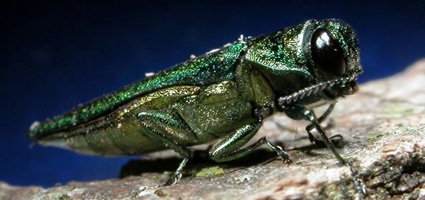

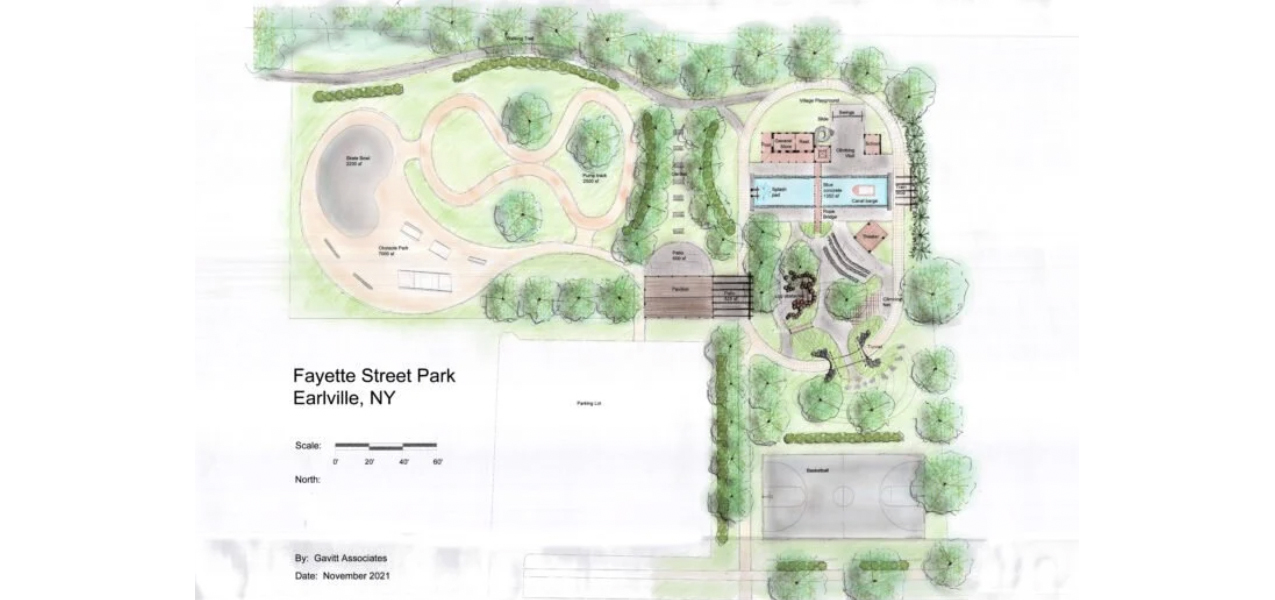
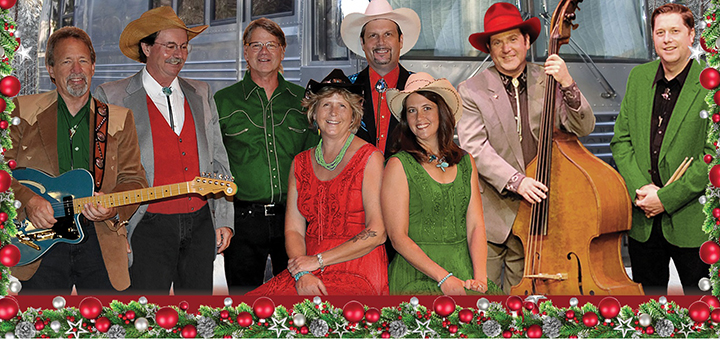


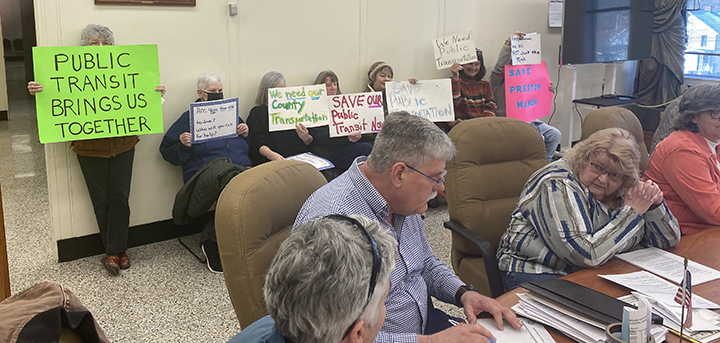

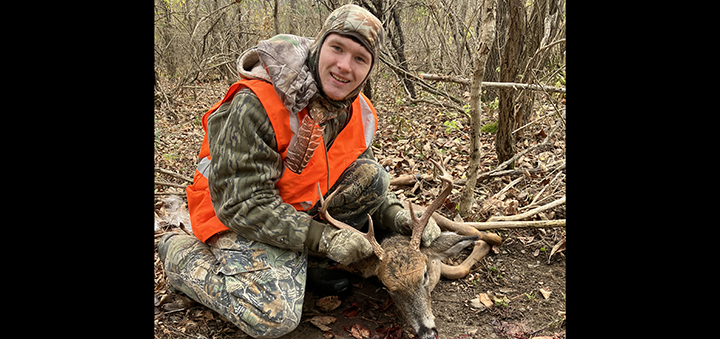

Comments